The Pueblo Magico town of Tepotzotlán (Mexico)
Most people have never heard of Tepotzotlán. If anything, most people will assume you’re talking about Tepoztlán (another Pueblo Magico in the vicinity of Mexico City)*.
*Tepotzotlán is located about 1 hour north of Mexico City. Tepoztlán is located about an hour south of Mexico City.
It is a shame that Tepotzotlán is so little known because it has two incredible historical sites: The Museo Nacional del Virreinato (National Museum of the Viceroyalty of New Spain) and the acueducto de Tepotzotlán (aqueduct of Tepotzotlán) which is commonly known as Los Arcos del Sitio. But besides these two sites (which I’ll detail below), Tepotzotlán has a huge, beautiful main square (zocalo).
All of the above have warranted Tepotzotlán being designated as one of Mexico’s 177 “Pueblos Magicos” by Mexico’s Tourism department.
Accommodation: I strongly recommend Posada del Fraile. Ask for one of the rooms on the top floor.
Highlights of Tepotzotlán
Museo Nacional del Virreinato (National Museum of the Viceroyalty of New Spain)
The Museum is dedicated to the history of New Spain (officially the “Viceroyalty of New Spain”). You’ll see many artifacts from the colonial period, from art to furniture to different textiles. But even more impressive is the setting – the museum is housed in the former College of San Francisco Javier complex. Built by the Jesuits starting in the 1580’s, the complex was a center of learning for both Indian boys and Jesuit priests. It is a large, roaming complex housing several churches including the incredible Church of San Francisco Javier. The church has some of the most impressive Baroque art in Mexico, the highlight being its gold-leaf Churrigueresque altarpieces. It is hard to describe how stunning the church is in words (see the video at the end of this post. It best captures the beauty of the church). Besides the church, you’ll see a library containing over 4000 books dating from the 16th century, a magnificent chapel, many interior courtyards, and 3 hectares of gardens which contain, among other things, the original Salta de Agua fountain (built in 1779, it marked the end of the aqueduct that brought water into Central Mexico City from Chapultepec). No wonder the complex, surrounded by thick walls, dominates the center of Tepotzotlán.
Above photos credit to Museo Nacional del Virreinato
The college was in operation until 1767 when the Jesuits were expelled from all Spanish-held territory. The Spanish crown then took over possession and used the complex to train new priests, as a retirement home for old priests, and as a place to send priest who had “committed some kind of error”.
In 1964 the complex became a museum. Artifacts from the Mexico City Cathedral, the National Museum of History and the National Museum of Anthropology were donated to the site. The Museo Nacional del Virreinato is today one of the most important museums in all of Mexico.
Los Arcos del Sitio (aqueduct of Tepotzotlán)
This aqueduct was built by the Jesuits in the early 1700’s with the purpose of bringing water from the Oro River to their haciendas near Tepotzotlán. The aqueduct was never completed because the Jesuits were forced to leave Mexico – but it is still to this day the highest aqueduct in Latin America reaching 61 meters high at the Sitio gorge (after which the aqueduct is named). It is also one of the longest aqueducts at 42 km long.
Arcos del Sitio is a spectacular site. I wasn’t lucky – I arrived on a day where they were doing inspections on the aqueduct and wasn’t allowed to walk on it. But on a normal day you can walk across the aqueduct to the other side and from there do a circular route back – crossing over a suspension bridge to a lookout (where you no doubt have great views of the aqueduct), then over another suspension bridge to get you back where you started. You can even zipline over the gorge.
It’s a beautiful park and I would go back to do the above if ever again in the area.
The official website of Arcos del Sitio
Tepotzotlán’s Zócalo
Tepotzotlán’s Zócalo is huge and is the focal point of the town. On one side lies the Museo Nacional del Virreinato and the Church of San Francisco Javier. Around the other sides you’ll find restaurants, bars, the town market, the artisan market and the town hall (Palacio Municipal). Within the square is a park full of trees and a large area full of stalls selling souvenirs, drinks and trinkets. You’ll even see a huge statue of Jesus lying horizontally on a cross. There’s a lot happening but it remains a quiet, relaxing square with lots of benches and trees.
Our video on Tepotzotlán
Practical Information
We only stayed a night in Tepotzotlán but it was enough for some great recommendations.
Where to Stay: Posada del Fraile. A really nice little hotel with tons of charm. Ask for the rooms on the top floor (I was visiting with my mother and we took the 2 rooms up there). Excellent.
Where to Eat: Taqueria Arandas. Maybe the best tacos I’ve had in Mexico? It’s a very simple place so don’t expect anything fancy. Go inside, sit down. Ask for a Gringa or Tacos Pastor. Incredibly inexpensive (you’ll have to walk a few blocks away from the main square to get there).
Café: Café Quintal just off the main square. Great coffee, big breakfasts, nice pastries. Very, very nice. Their FB page.
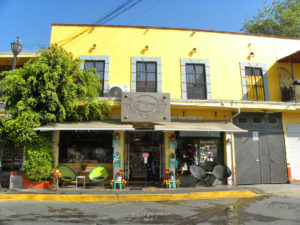
Getting to/from Tepotzotlán:
Getting there: Take Primera Plus to get to Tepotzotlán in about an hour. Buses leave from Terminal de Poniente station (on the website: Ciudad de Mexico, Distrito Federal Observatorio). It will leave you at a nice, modern bus terminal along the highway. From here take a taxi to get to the center of town.
To get back: Primera Plus does not do the return trip to Mexico City and ETN does have a morning bus but it goes to the airport. The only way back (if not by taxi or Uber) is by public transport. But its not difficult. Take a collectivo in the center of town across from the colorful Tepotzotlán letters to Cuititlan. That takes about 30 minutes. In Cuititlan, the collective drops you off at the Suburbanos train station. Take the train to Buenavista station, that should take about 45 minutes. From there you’re a short metro ride or Uber from Bellas Artes in the center of CDMX.
Tour: Tepotzotlán is included in this great tour (which also covers Teotihuacan and Tula). All highlights of this part of Mexico.
Summing up Tepotzotlán: Very nice Pueblo Magico with some incredible historic sites. Its not a big place so you don’t have to stay long. But I recommend at least one night to enjoy the place.
Related: What’s happened to Guanajuato?
Related: Frida Kahlo and the highlights of Coyoacán
Related: Is the city of Querétaro worth visiting?
.

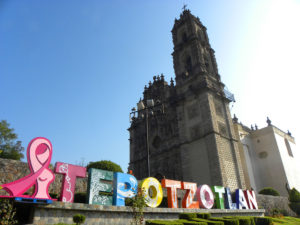
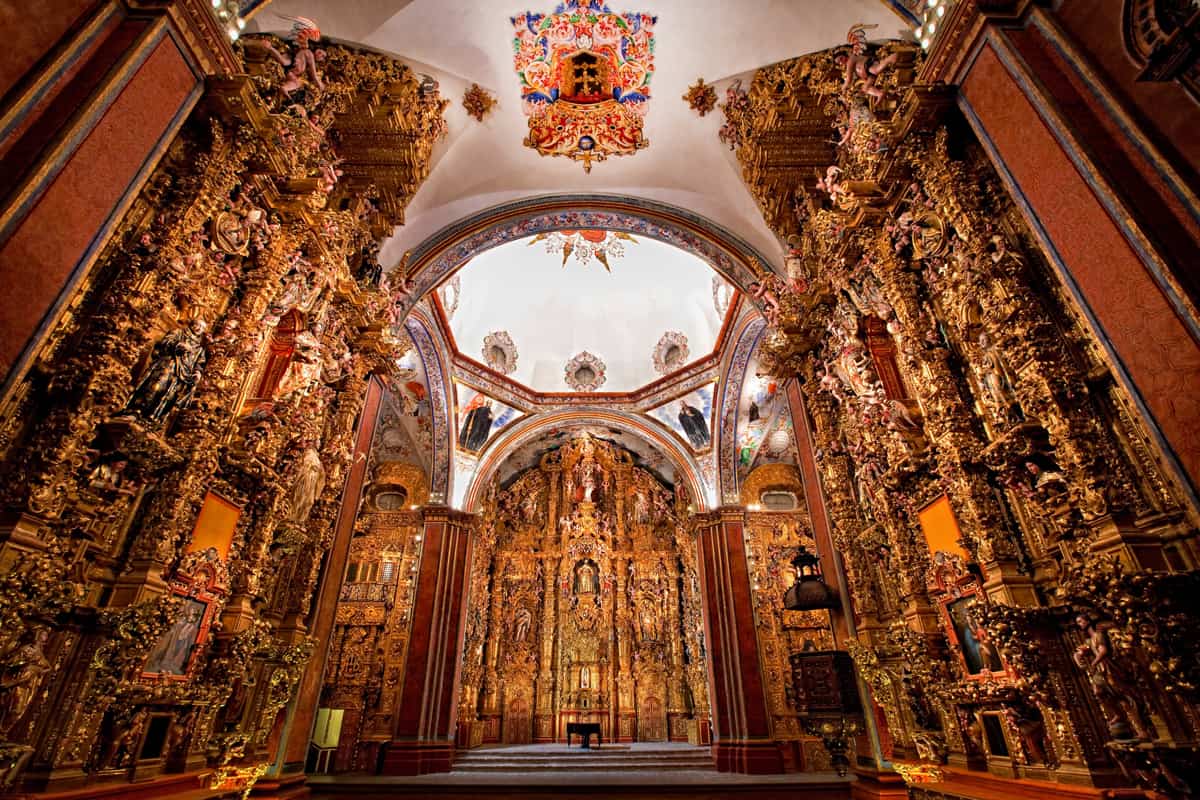
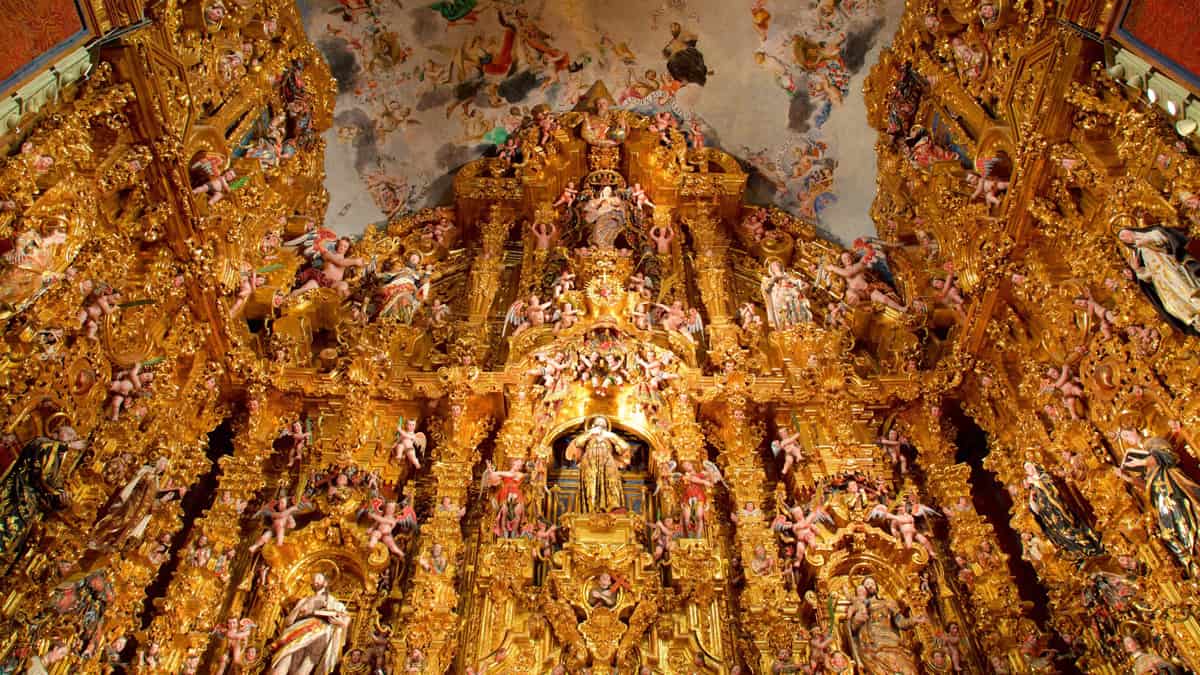

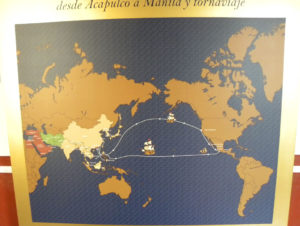
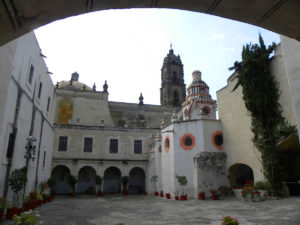
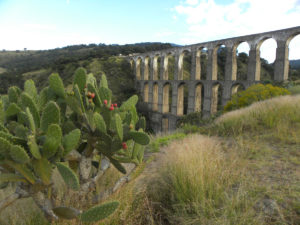

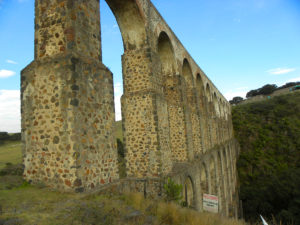

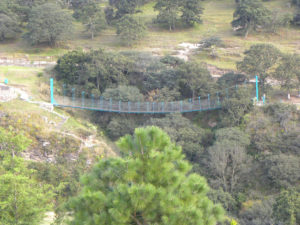
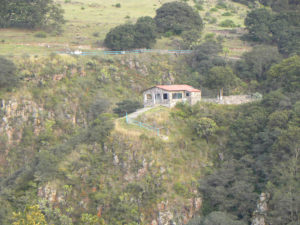
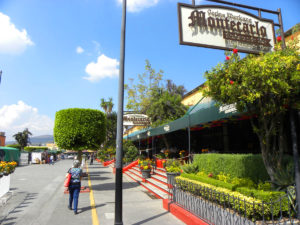

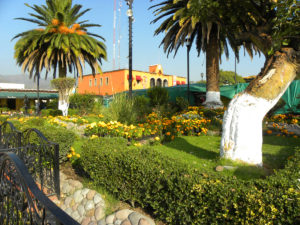
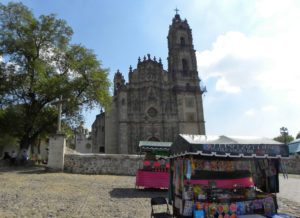
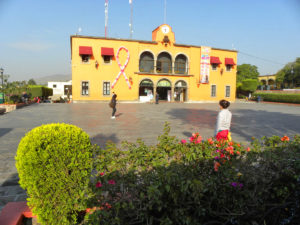


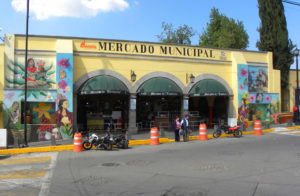
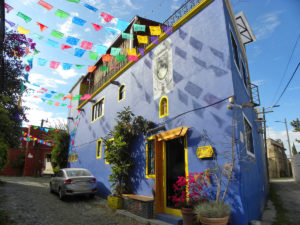
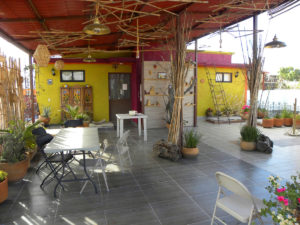
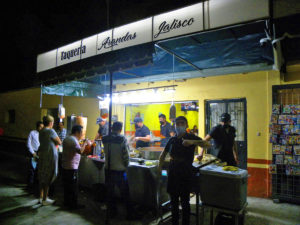
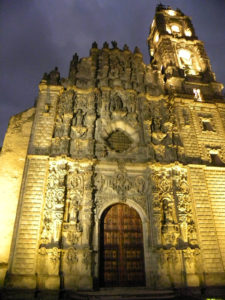

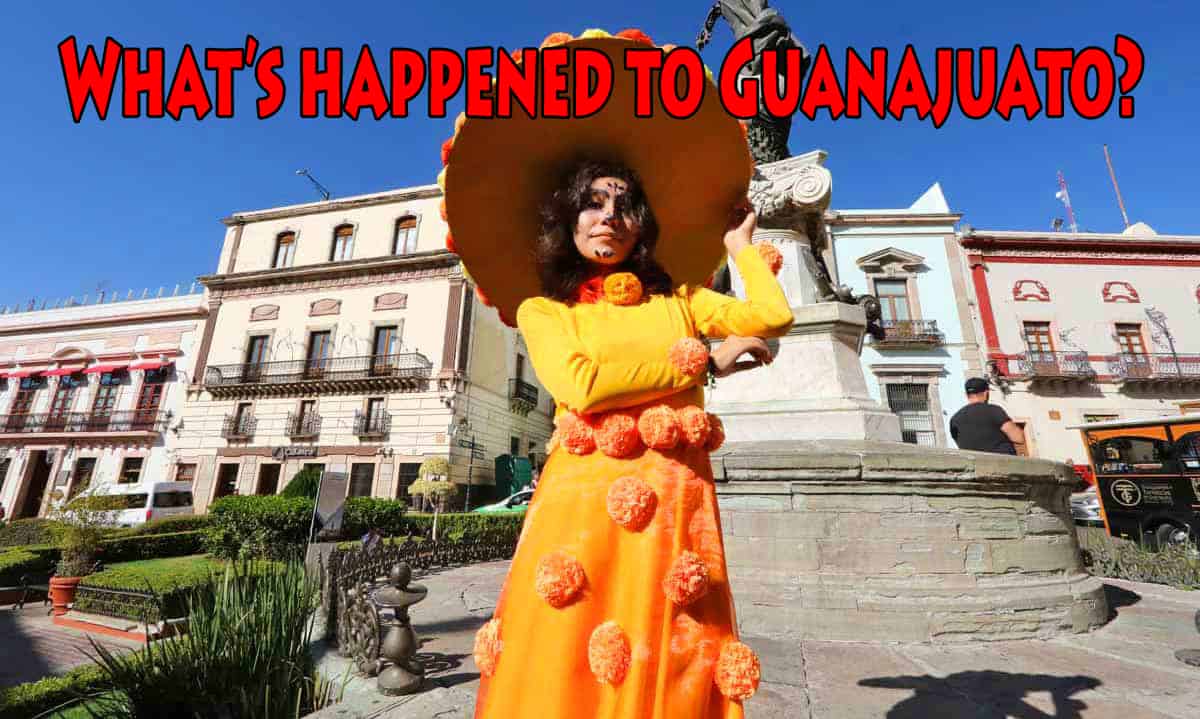
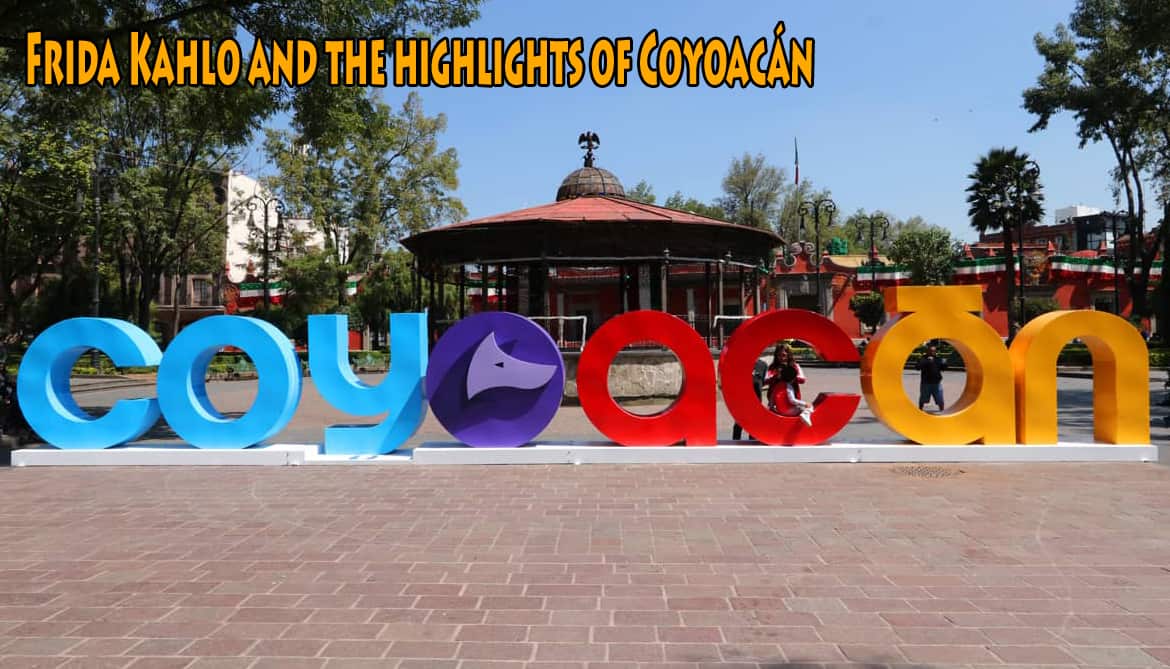
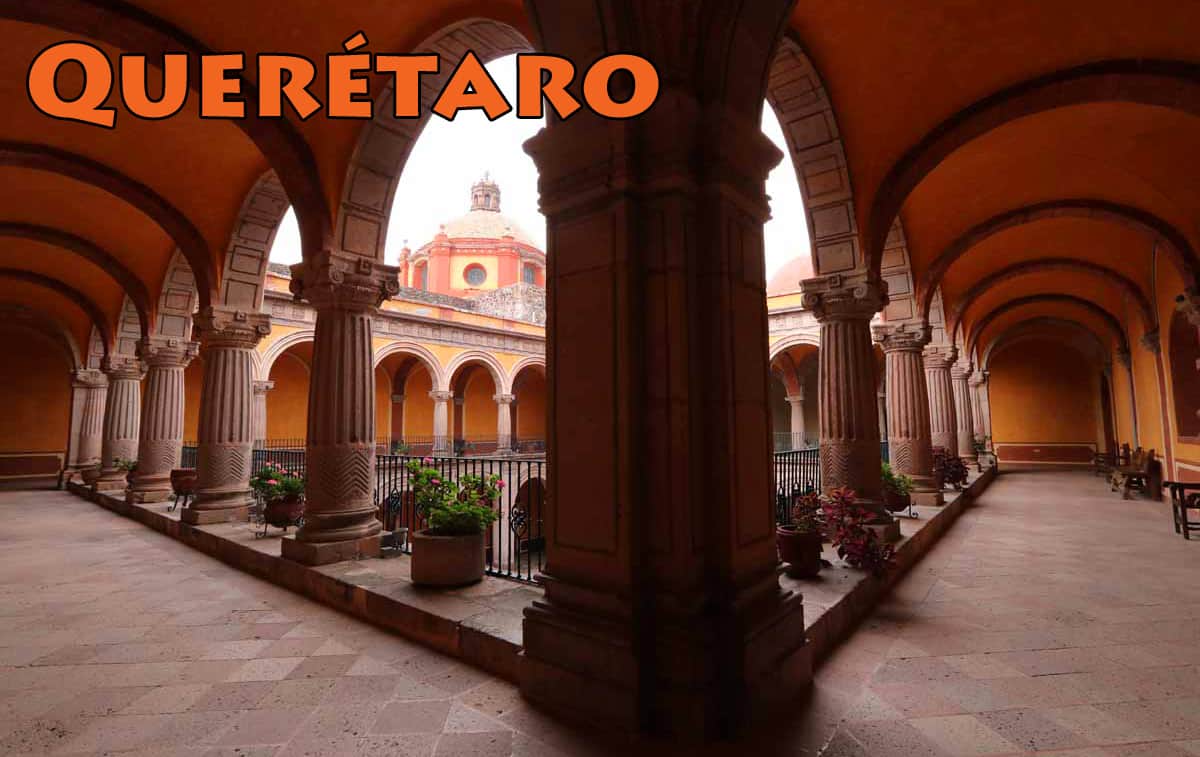
frank it looks amazing! I have no idea when I will ever get to Mexico, but I believe I will one day, and I indeed would very much like to walk on an aqueduct! Thanks for sharing this place!
You suggest to look at the video below of the Cathedral for a better look a the mentioned but there is No Video.
Hi Brian. It’s there – look just above “Practical Information”. The video is under “Our video on Tepotzotlán” 🙂
Frank, this place is so inviting. I would love to see these sights in person. Thanks for sharing!
Thank you John!